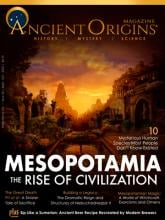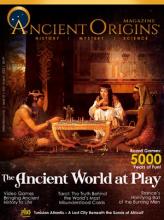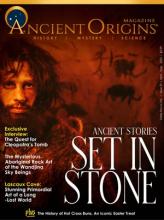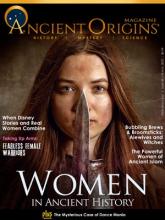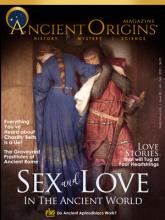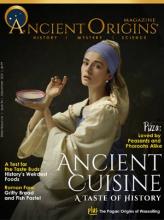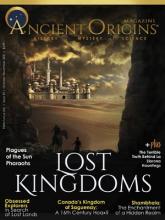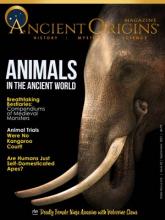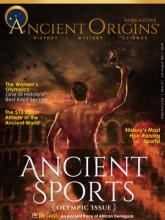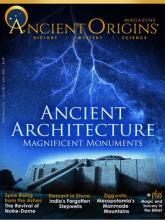There are many reasons people become fascinated by Egypt. It truly is a land of wonders - so ancient and sacred but also vibrant and full of modern life. It’s been a couple years since I was there, but this issue brought back all the wonderful memories – venturing into the Great Pyramid of Giza, watching a sunrise while standing beside the Sphinx, marvelling at the immensity and intricacy of the temples and tombs.
We open this issue with an extraordinary timeline of the ancient Egyptian civilization – it’s the kind of article you’d like to print off and share with people studying ancient Egypt. From there we discover the secrets of life and death in ancient Egypt through articles on medicine, magic, and the false doors incorporated into elaborate tombs. We see how both deserts and wars shaped Egyptian society and ponder what their lost labyrinth would have looked like. Our exclusive interviews with Ted Loukes on his travels through Egypt and Michael E. Habicht, an Egyptologist whose work includes facial reconstructions of ancient mummies using modern technology, bring the stories of Egypt’s past and present together.
November 4, 2022 marked the centennial of the discovery of King Tutankhamun’s tomb, so we couldn’t let this issue go by without discussing the discovery, treasures, and controversies surrounding one of the greatest finds in modern history. Finally, this is also the time of year when people begin to prepare for the December holiday season, so we explore the origins of two of the major celebrations: Hanukkah and Christmas.





